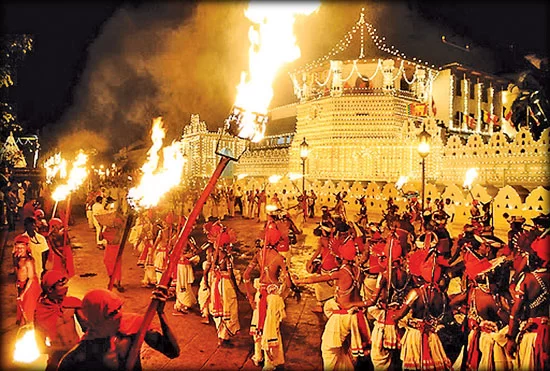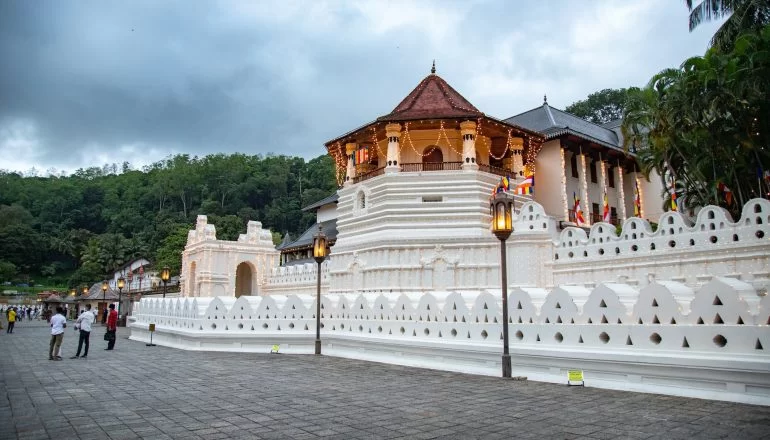Explore the Best Animal Sanctuaries in Sri Lanka for Ethical Wildlife Encounters
- What Are Animal Sanctuaries in Sri Lanka?
- Top Animal Sanctuaries in Sri Lanka to Visit
- The Ethics of Visiting Animal Sanctuaries in Sri Lanka
- Wildlife Conservation Efforts in Sri Lanka
- Visitor Experiences and Stories at Sri Lanka’s Animal Sanctuaries
- Planning Your Visit to Sri Lanka’s Animal Sanctuaries
What Are Animal Sanctuaries in Sri Lanka?
Animal sanctuaries in Sri Lanka provide safe havens for wildlife that have been rescued from distressing situations, such as illegal wildlife trade, captivity, or injuries. These sanctuaries focus on rehabilitation, conservation, and education, offering a refuge for animals that can no longer survive in the wild. Unlike zoos, animal sanctuaries prioritize ethical treatment, natural habitats, and animal well-being over entertainment.
In Sri Lanka, these sanctuaries play a crucial role in preserving the country's rich biodiversity, which includes elephants, monkeys, and various species of birds, reptiles, and mammals. Visitors to Sri Lanka’s animal sanctuaries not only gain the opportunity to witness these incredible creatures up close but also learn about the vital conservation efforts underway to protect them.
Top Animal Sanctuaries in Sri Lanka to Visit
Sri Lanka is home to several remarkable animal sanctuaries that offer visitors the chance to observe wildlife in a natural and ethical environment. Here are some of the best sanctuaries to visit:
- Millennium Elephant Foundation (Kegalle): One of the most well-known elephant sanctuaries in Sri Lanka, this foundation focuses on rescuing and rehabilitating elephants. Visitors can interact with the elephants, feed them, and learn about the foundation's efforts in rescuing and caring for these majestic creatures.
- Udawalawe Elephant Transit Home (Udawalawe National Park): This sanctuary is dedicated to orphaned and injured elephants. It provides a safe space for baby elephants to be rehabilitated before being reintroduced to the wild. The sanctuary offers a unique opportunity to see young elephants up close as they prepare for their return to the wild.
- Pinnewala Elephant Orphanage (Kegalle): Another popular elephant sanctuary, Pinnewala is home to a large number of elephants that have been rescued from captivity. Visitors can watch elephants being bathed in the river, feed them, and learn about the care they receive.
- The Sri Lanka Wildlife Conservation Society (Colombo): This organization focuses on the protection of native wildlife, including endangered species like leopards, sloth bears, and crocodiles. It offers educational programs and opportunities for responsible wildlife tourism.
The Ethics of Visiting Animal Sanctuaries in Sri Lanka
When visiting animal sanctuaries, it is important to ensure that the sanctuary operates with the welfare of animals at its core. Ethical sanctuaries prioritize rehabilitation, education, and conservation efforts, providing animals with a safe and natural environment. Tourists should avoid sanctuaries that offer animal rides, forced performances, or exploit animals for entertainment purposes.
As a visitor, it’s important to research and choose sanctuaries that adhere to high ethical standards. Look for sanctuaries that are transparent about their conservation goals and have strong ties to local wildlife protection efforts. Supporting ethical wildlife sanctuaries helps promote sustainable tourism practices and contributes to the long-term well-being of the animals.
Wildlife Conservation Efforts in Sri Lanka
Sri Lanka has made significant strides in wildlife conservation, particularly in protecting endangered species like elephants and leopards. The country’s animal sanctuaries play a vital role in these conservation efforts by rescuing animals in need, rehabilitating them, and releasing them back into the wild whenever possible. Additionally, many sanctuaries are involved in breeding programs, educating the public, and advocating for stricter wildlife protection laws.
For instance, the Millennium Elephant Foundation works not only to care for rescued elephants but also to raise awareness about the threats posed by illegal logging, poaching, and habitat destruction. By visiting these sanctuaries, tourists can contribute to these efforts by supporting responsible wildlife tourism and learning about the challenges wildlife in Sri Lanka faces.
Visitor Experiences and Stories at Sri Lanka’s Animal Sanctuaries
Many visitors to Sri Lanka’s animal sanctuaries come away with a profound sense of connection to the animals and a deeper understanding of the country’s wildlife conservation efforts. For example, a family visiting the Udawalawe Elephant Transit Home shared their excitement in watching a baby elephant, recently rescued from the wild, being fed by a caretaker. Their experience was not only educational but also emotionally moving as they learned about the challenges the sanctuary faces in rehabilitating and reintroducing these animals into the wild.
Another visitor to the Pinnewala Elephant Orphanage described the joy of watching the elephants interact with each other in a more natural setting compared to traditional zoos. The visitors had the opportunity to feed the elephants and take part in bathing sessions, all while learning about the sanctuary's ongoing efforts to provide elephants with the best possible care.
Planning Your Visit to Sri Lanka’s Animal Sanctuaries
When planning your visit to Sri Lanka’s animal sanctuaries, it’s important to consider factors such as location, accessibility, and the best time to visit. Many of the sanctuaries are located near major tourist destinations, making them easy to incorporate into your travel itinerary. For example, the Millennium Elephant Foundation is located near Kegalle, which is not far from Colombo, making it an ideal stop for visitors traveling through the western region of Sri Lanka.
It’s also important to plan your visit during the dry season (from December to April), as this is when the weather is most conducive to outdoor activities. During this time, you’ll be able to enjoy the sanctuaries in a comfortable climate while observing the animals in their natural surroundings. Don’t forget to book your tickets in advance, as some sanctuaries, especially the more popular ones, can get crowded during peak travel seasons.
For more personalized recommendations and to plan your trip, you can visit travel websites like Tamil Travel Lanka, where you can book tours, accommodations, and more.






